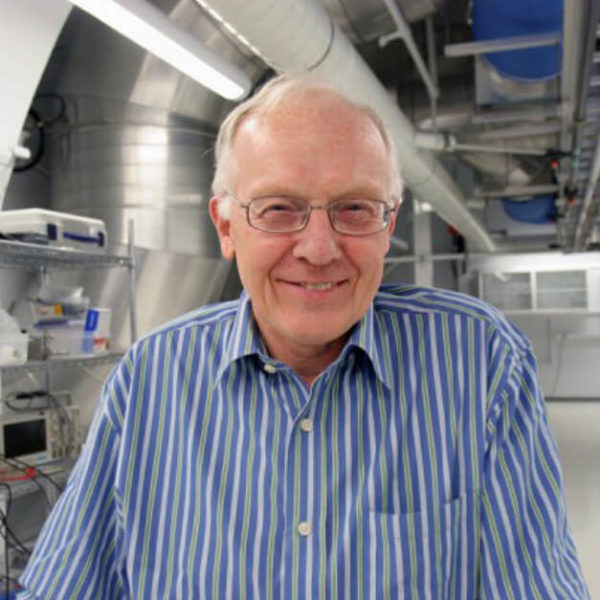
Speaker:
Paul Corkum (University of Ottawa and National Research Council Canada)
Host:
Alexei Sokolov
Location:
Address:
Mitchell Institute for Fundamental Physics & Astronomy
College Station, Texas 77843
Attosecond pulse generation can be understood through quantum trajectories of an ionizing electron. A trajectory begins from a bound state and returns to the same state after an excursion in the continuum. Quantum trajectories, such as these, map onto an interferometer – an electron interferometer created by light. This mapping makes it obvious that weak fields perturb attosecond pulse generation and thereby we can construct a perturbative nonlinear optics on top of the non-perturbative process. I will show how this allows us develop an all optical method to fully characterize the space-time structure of attosecond pulses.
A (sheared) interferometer can measure most properties of light so we should be able to measure most properties of the electron. I will show how high harmonic or attosecond spectroscopy can image molecular orbitals or follow chemical dynamics of small molecules.
Copyright © 2024. All rights reserved, Texas A&M University Trademark | Texas A&M University, College Station, Texas 77843